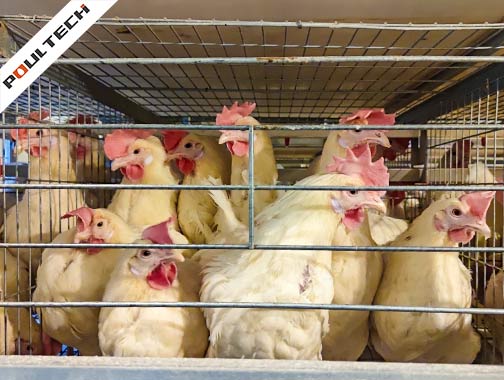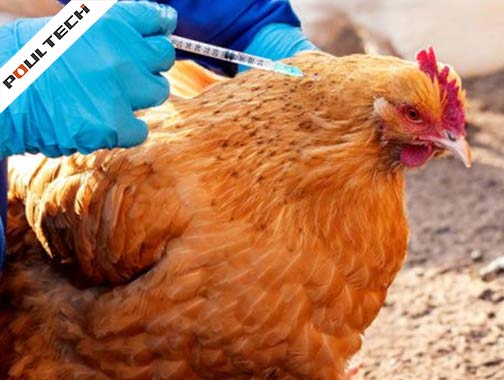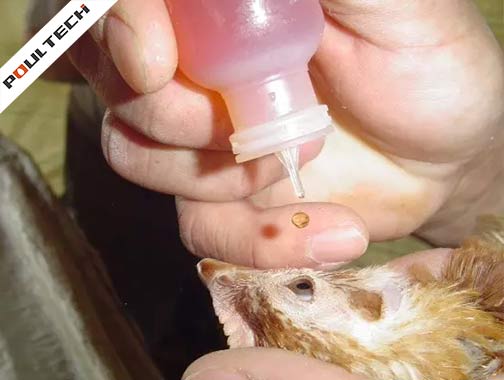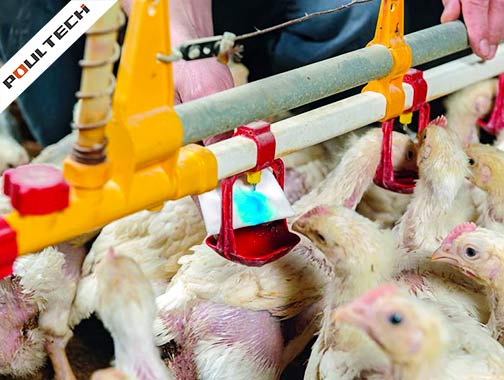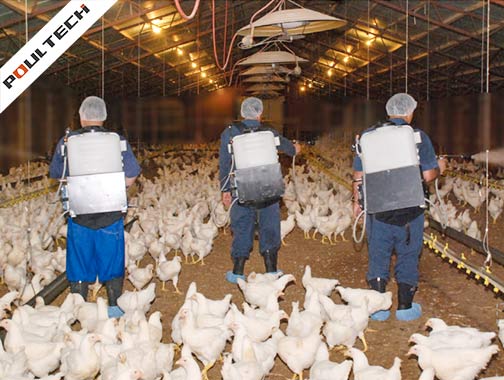At present, there are 4 commonly used vaccine immunization routes, including subcutaneous injection, nose and eye drops, drinking water immunization and aerosol immunization.
Subcutaneous injection is commonly used for inactivated vaccine and subunit vaccine. It is usually injected subcutaneously in the neck and intramuscularly in the chest. When inoculated subcutaneously in the neck, first pinch the chicken skin into a triangle at the third part of the back of the neck, and then insert the needle from the head to the body within the triangle range to inject the vaccine subcutaneously. Thoracic muscle injection must avoid inserting viscera. The correct method is to pierce along the sternum at 30 °~45 ° from both sides of the protruding keel.
Nose drops and eye drops are often used for live vaccine immunization. The advantage is that each chicken can get the appropriate amount of vaccine. The vaccine is immunized by spreading to the upper respiratory tract through lacrimal duct or maxillary cleft. The disadvantage is that it is time-consuming and labor-intensive, and requires technical proficiency.
Drinking water immunization is fast and effective, and can be used for most live vaccines. Drinking water within a limited time is very important to avoid inactivation of the vaccine and ensure that all individuals are immunized.
Aerosol immunization is only used for some live vaccines. If used properly, it is the most effective immune pathway. This method saves manpower and time, and it can produce immunity more than 24 hours faster than other immunization methods. The disadvantage is that the technical requirements are strict, the operation is not effective and immune, or other problems occur.
